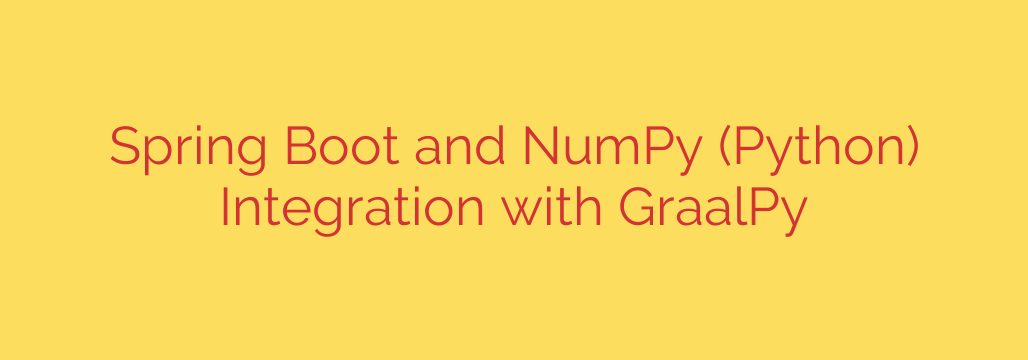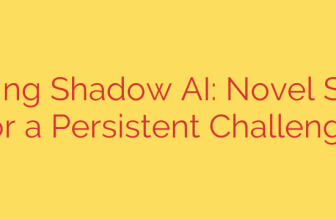
Unlock the power of combining enterprise-grade Java applications with the robust capabilities of Python’s data science ecosystem. For developers looking to integrate the reliability and structure of Spring Boot with the powerful numerical and data manipulation tools available in Python libraries like NumPy, the traditional approaches often involved complex inter-process communication or separate microservices. However, a more streamlined and efficient path exists through modern polyglot runtime environments.
Enter GraalVM, a high-performance runtime that offers a polyglot API, allowing applications written in one language to seamlessly call code written in another. Specifically, GraalPy, the GraalVM implementation of Python, makes it possible to embed Python code directly within a Java application running on GraalVM. This capability is particularly valuable for Spring Boot projects that need to perform tasks best handled by Python libraries.
Imagine building a web service or backend application with Spring Boot that requires sophisticated data processing, machine learning inference, or complex numerical computations. Instead of reimplementing algorithms in Java or setting up external Python services, you can leverage existing, optimized Python libraries like NumPy directly within your Spring Boot application’s process.
The integration is facilitated by creating a GraalVM Context. This context acts as the bridge, allowing your Java code to load and execute Python scripts or call specific Python functions. You can pass data from Java to Python and receive results back, handling the data exchange between the two environments. This approach simplifies deployment and management, as the Python runtime and necessary libraries are bundled or accessed directly within the Java application’s environment, managed by GraalVM.
Utilizing GraalPy for Spring Boot and NumPy integration offers significant advantages. It allows teams to leverage the strengths of both ecosystems – Spring Boot for building scalable, maintainable backend services and Python with NumPy for efficient numerical computing and data science tasks. This results in more efficient development, potentially improved performance for specific tasks compared to pure Java implementations (especially when leveraging optimized native libraries used by NumPy), and a unified application stack that is easier to manage and deploy. Implementing this correctly requires understanding the GraalVM polyglot API and how to manage the Python environment within GraalPy, ensuring dependencies are handled and the execution context is managed effectively for good performance and correct results.
This integration pattern is particularly powerful for applications in areas like financial analysis, scientific computing, data analytics pipelines, and any domain where Spring Boot serves as the application backbone but requires specialized Python library functionality. It represents a modern, polyglot approach to building complex software systems, breaking down language barriers to use the best tool for each specific job within a single, cohesive application.
Source: https://itnext.io/how-to-integrate-spring-boot-with-numpy-python-using-graalpy-abced925a6b8?source=rss—-5b301f10ddcd—4








